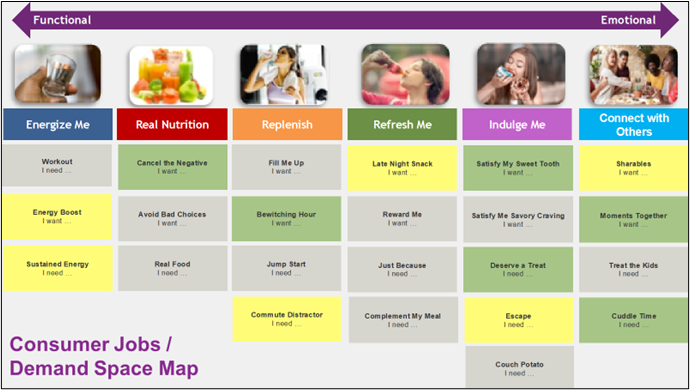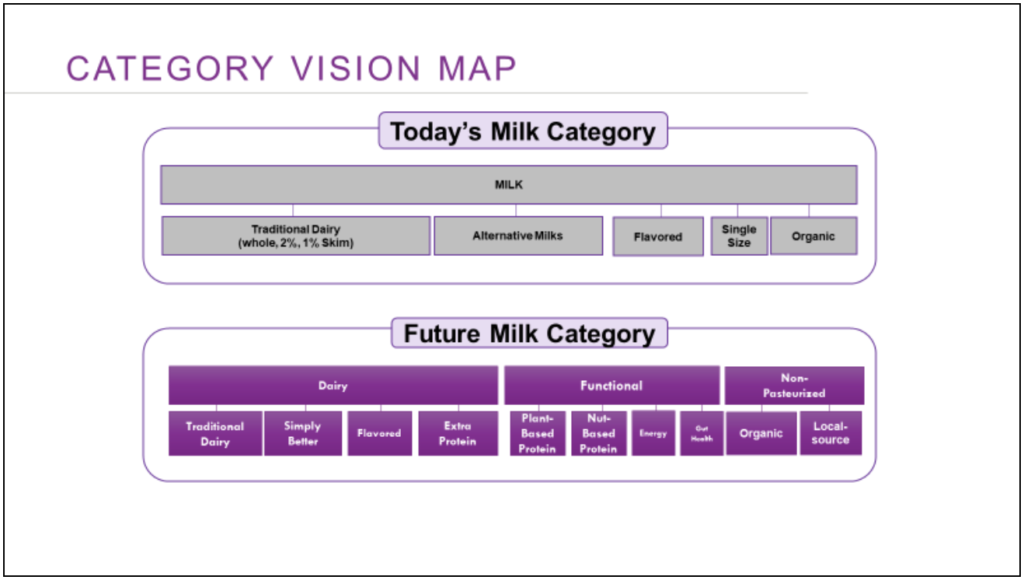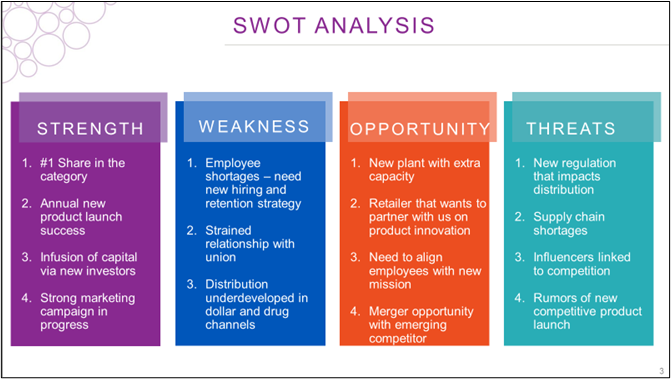By Kerry Juhl
Our job as Insights Professionals is to not only identify relevant and unique consumer insights but also to apply the information in a way that influences decisions and drives action, resulting in growth. But ensuring that valuable insights are heard, internalized, and acted upon can be a challenge. Personal opinions, competing priorities or lack of focus can muffle the voice of the consumer, and the insights professionals that are trying to share it.
So how do you ensure that the insights you uncover will land with impact and be an enabler for growth?
SIVO has an answer… Growth Frameworks. Along with great storytelling, visually interesting media, and activation workshops, SIVO employs Growth Frameworks to organize insights into an inspiring construct, offering teams easily digestible, business-relevant content and common language for client teams to rally around, so they can clearly see and prioritize a path to growth.

What is a Growth Framework?
A growth framework starts with a deep examination of consumers within a market or occasion, to identify relevant insights. Those insights are then organized into a framework that reveals all possible avenues or opportunities for growth. The opportunities within the framework offer a “where to play” roadmap for teams, allowing them to prioritize opportunities and define their strategy for growth.
Examples of Growth Frameworks
Consumer Jobs/Demand Space Map – Consumer Jobs Maps (a.k.a. Demand Space Maps) help explain why consumers make the choices they make. Consumers use products that help them achieve their goals and meet their needs. In other words, products do “jobs” for consumers. If your product does not effectively do the job, consumers are unlikely to hire it. A Jobs Map becomes a framework to help identify ‘where to play’ and it lives beyond a single initiative. It maps all the jobs that consumers have for a particular occasion. For example, a Snacking Jobs to be Done (JTBD) Map includes all the jobs that consumers have for the snacking occasion. A Financial Investment JTBD Map includes all the jobs that customers have for investing their money. It lives on in your organization as a place to continually go back to for inspiration and focus for innovation, renovation, communication, and brand building efforts.

Category Vision Framework – A category vision framework envisions the category of the future. Although no one can predict the future, SIVO, in collaboration with the client team, develops a vision for what the future state of the category will be 3 to 5 years from now. This involves segmenting the existing and new products within a category based on the primary benefit that the products are providing to consumers. Specific attention is focused on new or emerging product lines within the category, and emerging consumer and market trends that may impact the category to identify “signals” for what the future category may look like.

Customer Value Equation – A Customer Value Equation framework provides an understanding of what your customers value about your total brand experience by mapping the key drivers of value and the assets that support those drivers. This framework can guide team decisions on where to invest their next $1 to drive more consumer value or where to cut the next $1 in spending on product attributes that customers do not value. Knowing what drives customer value differentiates and enables companies to stay competitive.

Competitive SWOT – A SWOT (Strengths, Weaknesses, Opportunities, and Threats) framework is a strategic planning tool used by organizations to assess and analyze their current situation and help formulate future strategies. Oftentimes, a SWOT analysis is conducted in reaction to marketplace dynamics, or to proactively prepare for marketplace activities that could happen in the future. For instance, if a competitor acquires a third player in the category or conversely, goes out of business, organizations can develop a SWOT framework to better understand this new reality, and build strategies to respond in a future-focused way.

Benefits of a Growth Framework
- Consumer or Customer-Centricity: Successful organizations focus on putting their customers and/or consumers at the center of decision-making. Growth frameworks focus on customer understanding and identify opportunities to better meet customer needs. Actions stemming from growth frameworks can ultimately improve customer satisfaction and loyalty.
- Clarity of Purpose: Growth frameworks provide teams with one source of truth. They can highlight several potential opportunities and with evaluation and prioritization, it can stop the churn of asking “what if?” and “what about?” Instead, teams can put a stake in the ground on a way forward, defining their growth strategies.
- Engagement and Alignment: Growth frameworks are strongest when they are developed by the entire cross-functional team. Throughout the process of identifying the insights and developing the framework, team members with different perspectives and knowledge can reach a common understanding of the consumer and marketplace, making it easier to align, prioritize, and set a strategy for growth.
Reach out to SIVO to learn more about Growth Frameworks
SIVO wants to help you and your organization elevate your insights into a growth framework that gives you consumer-centric focus, clarity of purpose and galvanizes your team to put you on the path to growth.
Reach out to the SIVO team at Contact@SIVOInsights.com to discuss the growth framework that will be the right strategic fit for your team and your business.

